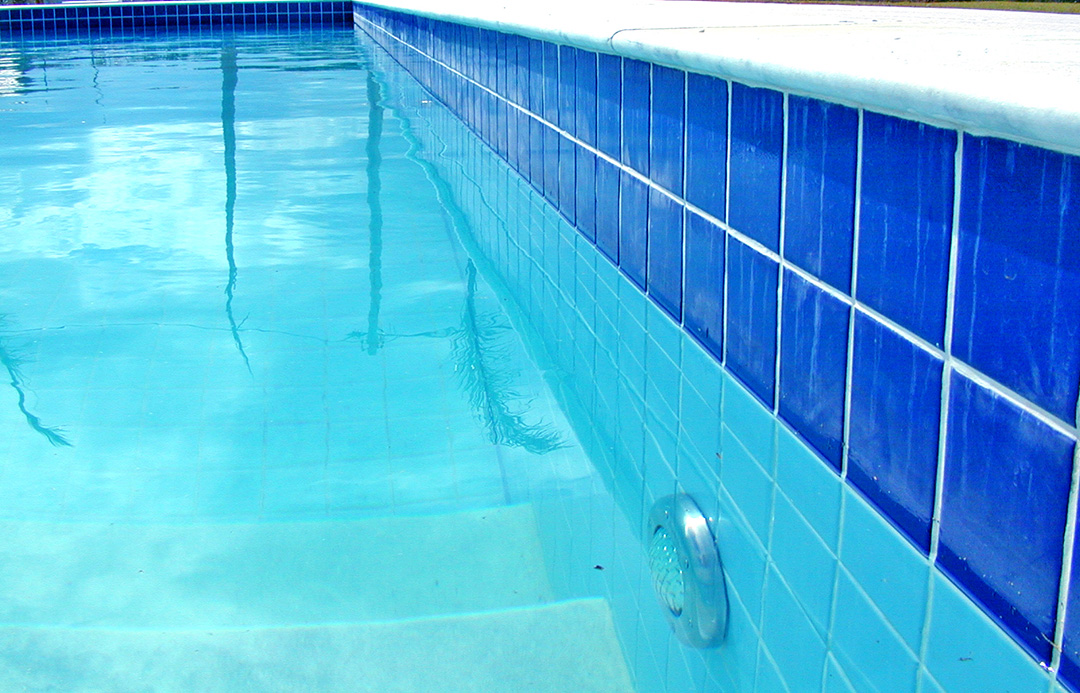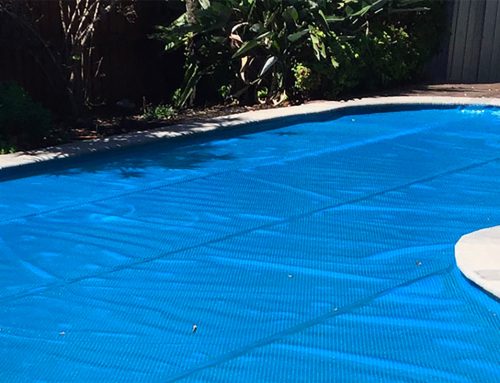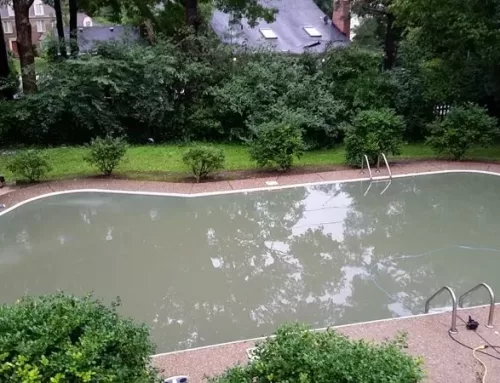Banish Water Leaks
Leaks not only waste water, but could undermine the foundations of your pool. If the water level drops abruptly or you have other reasons to suspect a leak, you should act quickly.
Observance is the best way to identify and stop a leak. Turn off the automatic top-up system and use tape or a marker to record the current water line so you can easily see changes. Compare usage volumes on your current water bill with past bills for clearer insights.
There are two types of pool leaks.
- Static leaks which lose the same amount of water consistently over a given time period
- Pressure leaks which cause water loss only when the filter system is running
Before you call an expert, it’s worthwhile doing a quick DIY check including the following.
- Pool wet areas — walk around the pool edge and inspect the area between the pool and the equipment pad. Take note of wet soil and eroded areas.
- Plumbing including valves, pipes and joints — visually inspect the plumbing and be on the lookout for water leaks. Even one drop per second equates to 7000 litres per year, so a steady dribble could take you into astronomical numbers very quickly.
- Determine what type of leak it is — ascertain if you are dealing with a static or pressure leak, noting if running the filter system has any impact on the water loss.
- Check the pool surface — look for cracks in the pool lining or tears in the vinyl pool sheet. Inspect the tile-line and inside the skimmer box. It may still prove to be a plumbing leak, but it’s worthwhile inspecting these elements as well.
- Check the lighting — underwater lights can and do leak, especially the conduit that runs from the light niche to the junction box. Filling the opening of the conduit in the back of the light niche with putty, silicone or caulk can often fix the problem.




